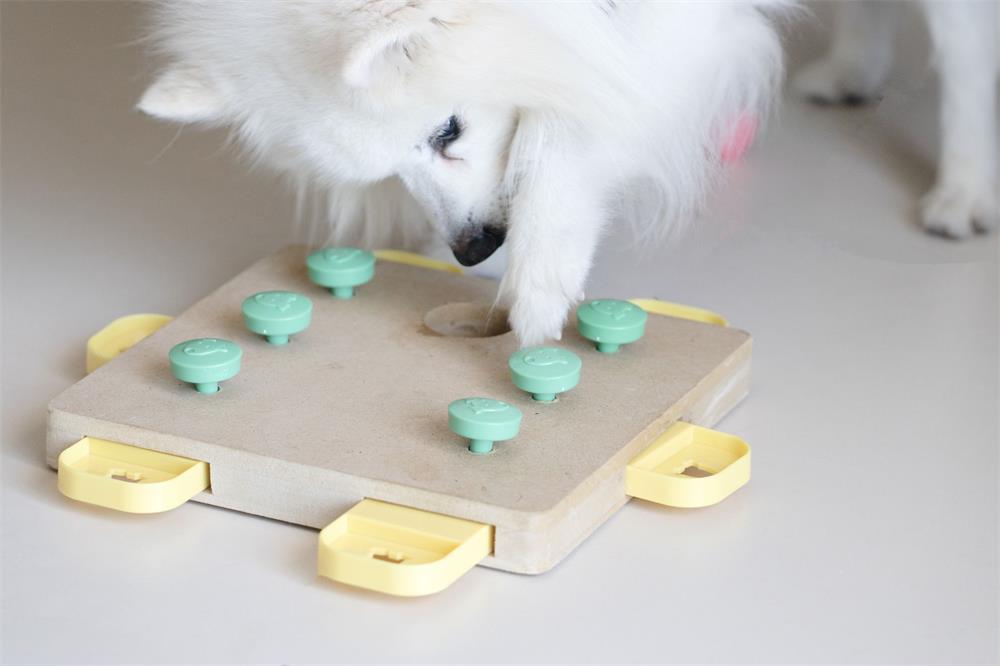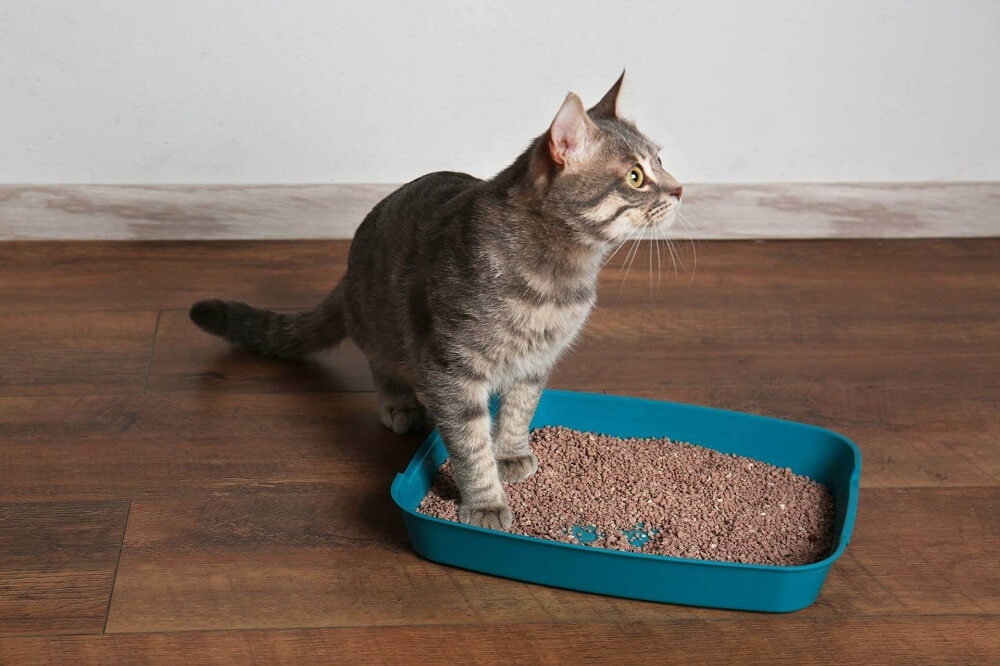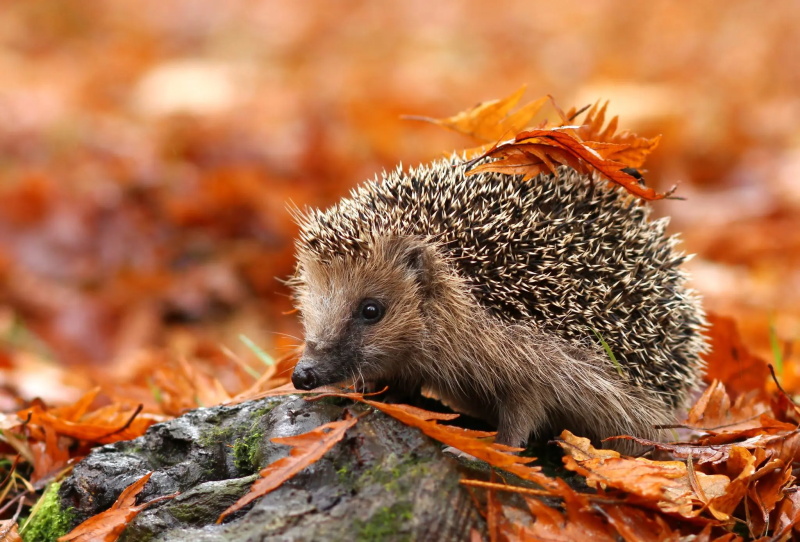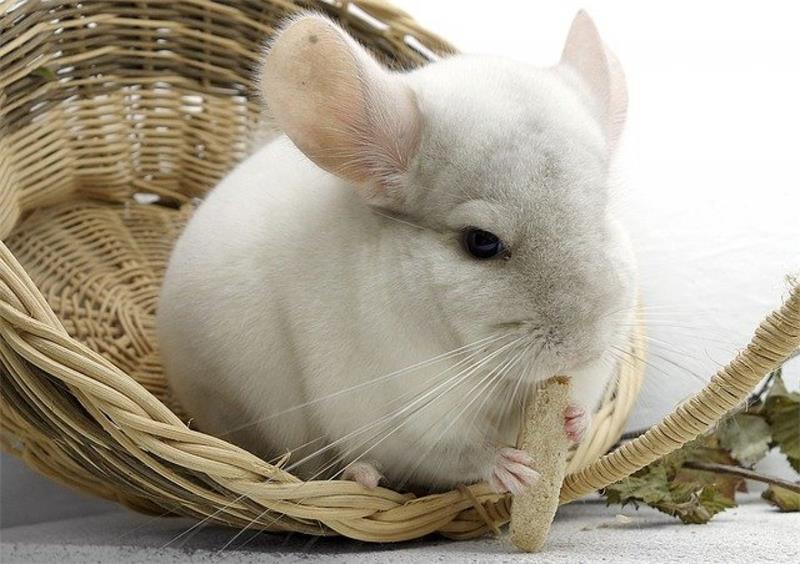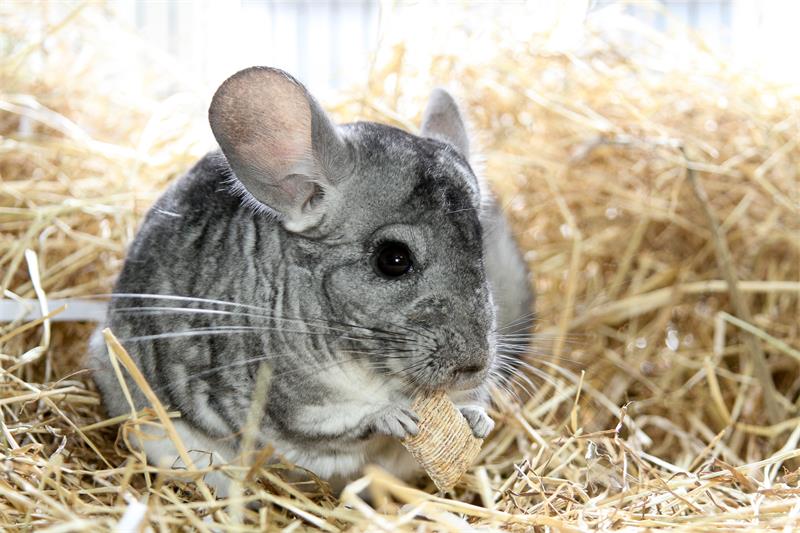Cats are popular pets that can bring joy and companionship to their owners. However, like any animal, cats can also suffer from various health problems that can affect their quality of life and well-being. Some of these problems are more common than others and may require different treatments and prevention strategies. In this article, we will discuss some of the most common health problems in cats and how to prevent them.
Vomiting
Vomiting is one of the most frequent reasons why cat owners take their pets to the vet. Vomiting can have many causes, ranging from eating something poisonous or indigestible (like string or plants), to infection, urinary tract disease, diabetes, hairballs, or parasites. Vomiting can also be a sign of more serious conditions, such as cancer or kidney disease.
Symptoms of vomiting in cats include drooling, abdominal heaving, loss of appetite, dehydration, lethargy, and blood or bile in the vomit. If your cat vomits once or twice and seems otherwise normal, it may not be a cause for concern. However, if your cat vomits repeatedly, acts sick, or has other signs of illness, you should call your vet right away. It may help to collect a sample of your cat’s vomit and take it with you to the vet for diagnosis.
To prevent vomiting in cats, you can do the following:
- Treat your cat for fleas regularly. Fleas can transmit intestinal parasites like tapeworms that can cause vomiting.
- Feed your cat a high-quality diet that is appropriate for their age and health condition. Avoid giving your cat dairy products, raw or undercooked meats, bones, or human foods that can upset their stomach or cause allergies.
- Brush your cat regularly to remove excess hair that can form hairballs in its stomach. You can also give your cat a laxative product formulated for hairballs once a week or as directed by your vet to help them pass hairballs more easily.
- Keep non-edible items out of your cat’s reach. Cats are curious and may chew on things that can cause choking or intestinal obstruction if swallowed, such as rubber bands, thread, string, toys, or plants². Keep poisonous substances like household cleaners, medications, antifreeze, or rodenticides away from your cat as well.
Feline Lower Urinary Tract Disease (FLUTD)
Feline lower urinary tract diseases (FLUTD) are a group of conditions that affect the bladder and urethra of cats. FLUTD can be caused by various factors, such as bacterial infection, bladder stones, urinary crystals, urethral obstruction, stress, obesity, or diet²¹. FLUTD can affect both male and female cats of any age but is more common in overweight or unfit cats that eat dry food.
Symptoms of FLUTD in cats include straining to urinate, urinating more frequently or in inappropriate places, bloody urine, crying when urinating, licking around the urinary area (often because of pain), depression, dehydration, lack of appetite, vomiting, or inability to urinate. If your cat shows any of these signs, you should take them to the vet immediately. FLUTD can be life-threatening if left untreated, especially if your cat cannot urinate at all due to a blockage in their urethra.
To prevent FLUTD in cats, you can do the following:
- Provide your cat with clean and fresh water at all times. Water helps flush out toxins and prevent urinary crystals from forming in the bladder.
- Talk to your vet about the best diet for your cat. Some cats may benefit from a special diet that is low in magnesium and phosphorus and high in moisture to prevent bladder stones and crystals from forming. Your vet may also recommend switching to canned food instead of dry food to increase your cat’s water intake.
- Reduce stress in your cat’s environment. Stress can trigger or worsen FLUTD by causing inflammation in the bladder wall or spasms in the urethra. You can help your cat cope with stress by providing them with a safe and comfortable place to hide, resting areas at different heights, scratching posts, toys, and regular playtime. You can also use pheromone diffusers or sprays to create a calming atmosphere for your cat.
- Keep your cat’s litter box clean and accessible. Cats are very particular about their hygiene and may avoid using a dirty or crowded litter box, which can lead to urinary retention or infection. You should scoop the litter box daily and change the litter completely at least once a week. You should also have one more litter box than the number of cats in your household and place them in different locations to avoid territorial disputes.
Fleas
Fleas are tiny parasites that feed on the blood of cats and other animals. Fleas can cause various problems for cats, such as skin irritation, allergic reactions, anemia, tapeworm infection, or transmission of diseases like cat scratch fever or plague. Fleas can also infest your home and bite you and your family members.
Symptoms of flea infestation in cats include scratching, biting, licking, or chewing their fur, hair loss, scabs, redness, or inflammation on their skin, flea dirt (black specks) or live fleas on their coat or bedding, or signs of tapeworms in their feces (white rice-like segments). If your cat has fleas, you should treat them with a safe and effective flea product as recommended by your vet. You should also treat your home and other pets for fleas to prevent re-infestation.
To prevent flea infestation in cats, you can do the following:
- Use a monthly flea preventive product on your cat as directed by your vet. There are various options available, such as topical spot-on treatments, oral tablets, collars, or injections. Make sure you choose a product that is suitable for your cat’s age, weight, and health condition and that is approved by your vet. Never use dog flea products on cats as they can be toxic to them.
- Vacuum your carpets, rugs, furniture, and bedding regularly and dispose of the vacuum bag or contents outside. This will help remove flea eggs and larvae from your environment.
- Wash your cat’s bedding and toys in hot water and dry them on high heat. This will kill any remaining fleas or eggs on them.
- Avoid contact with stray or wild animals that may carry fleas. Keep your cat indoors or supervise them when they go outside. You can also use a flea comb to check your cat for fleas after they come back inside.
Tapeworms
Tapeworms are intestinal parasites that live in the small intestine of cats and other animals. Tapeworms have long flat body that is made up of segments that contain eggs. The segments break off and pass out with the feces of the host animal. Cats can get tapeworms by ingesting infected fleas or rodents that carry the parasite.
Symptoms of tapeworm infection in cats include segments of tapeworms in their feces or around their anus (they look like white rice grains), scooting their rear end on the floor (due to itching), weight loss, poor coat condition, or vomiting (rarely). If your cat has tapeworms, you should take them to the vet for diagnosis and treatment. Your vet will prescribe a deworming medication that will kill the tapeworms and prevent them from reproducing.
To prevent tapeworm infection in cats, you can do the following:
- Control fleas on your cat and in your home. Fleas are the most common source of tapeworm infection in cats. You can use a monthly flea preventive product on your cat as well as vacuum and wash their bedding and toys regularly to eliminate fleas from their environment.
- Prevent your cat from hunting or eating rodents or other animals that may carry tapeworms. Keep your cat indoors or supervise them when they go outside. You can also provide them with toys and playtime to satisfy their predatory instincts.
- Dispose of your cat’s feces promptly and hygienically. This will prevent other animals from coming into contact with the tapeworm segments and eggs that may be present in them.
Diarrhea
Diarrhea is a condition where the stool becomes loose, watery, or more frequent than normal. Diarrhea can have many causes, such as changes in the stool’s color, consistency, frequency, or volume. Diarrhea can also lead to dehydration and electrolyte imbalance if not treated promptly.
Symptoms of diarrhea in cats include loose, watery, or more frequent stools, straining to defecate, mucus or blood in the stool, abdominal pain or discomfort, loss of appetite, weight loss, dehydration, lethargy, or vomiting. If your cat has diarrhea once or twice and seems otherwise normal, it may not be a cause for concern. However, if your cat has diarrhea for more than 24 to 36 hours, acts sick, or has other signs of illness, you should call your vet right away. It may help to collect a sample of your cat’s stool and take it with you to the vet for diagnosis.
To treat diarrhea in cats, you can do the following:
- Provide your cat with plenty of fresh and clean water. Water helps prevent dehydration and flush out toxins from the body.
- Feed your cat a bland and easily digestible diet. You can give your cat home-cooked chicken and rice or a therapeutic diet prescribed by your vet until their stools return to normal. Avoid giving your cat dairy products, fatty foods, or human foods that can worsen their diarrhea.
- Consult your vet about the best medication for your cat. Your vet may prescribe anti-diarrheal medications, probiotics, dewormers, antibiotics, or anti-inflammatory drugs depending on the cause and severity of your cat’s diarrhea. Never give your cat human medications without your vet’s approval as they can be harmful to them.
- Keep your cat’s litter box clean and accessible. This will help prevent secondary infections and make your cat more comfortable.
To prevent diarrhea in cats, you can do the following:
- Maintain a consistent and high-quality diet for your cat. Avoid sudden changes in their food or treats that can upset their stomach or cause allergies. You can also add fiber supplements to their diet to help regulate their bowel movements.
- Protect your cat from parasites and infections. Make sure your cat is up-to-date on their vaccinations and deworming treatments as recommended by your vet. You can also use flea and tick-preventive products on your cat to prevent them from getting infected by these pests.
- Prevent your cat from ingesting toxins or foreign objects. Keep poisonous substances like household cleaners, medications, antifreeze, or rodenticides away from your cat as well as items that can cause choking or intestinal obstruction like string, rubber bands, toys, or plants.
- Reduce stress in your cat’s environment. Stress can trigger or worsen diarrhea by causing inflammation in the intestinal lining or altering the gut flora. You can help your cat cope with stress by providing them with a safe and comfortable place to hide, resting areas at different heights, scratching posts, toys, and regular playtime. You can also use pheromone diffusers or sprays to create a calming atmosphere for your cat.
Eye Problems
Eye problems are common in cats and can affect their vision and comfort. Eye problems can be caused by various factors, such as injury, infection, inflammation, allergies, tumors, congenital defects, or age-related changes. Eye problems can also be a symptom of more serious diseases, such as feline leukemia virus (FeLV), feline immunodeficiency virus (FIV), high blood pressure, or diabetes.
Symptoms of eye problems in cats include redness, swelling, discharge, cloudiness, pain, blinking, keeping one or both eyes closed, a third eyelid showing, a lump in or around the eye, or loss of vision. If your cat shows any of these signs, you should take them to the vet as soon as possible. Eye problems can worsen quickly and cause permanent damage to the eye or blindness if left untreated.
To treat eye problems in cats, you can do the following:
- Follow your vet’s instructions carefully. Your vet may prescribe various medications, such as eye drops, ointments, antibiotics, anti-inflammatories, or painkillers depending on the cause and severity of your cat’s eye problem. Make sure you apply the medications as directed and for the full duration of the treatment.
- Keep your cat’s eyes clean and comfortable. You can use a warm damp cloth or cotton ball to gently wipe away any discharge or crust from your cat’s eyes. You can also use a saline solution or artificial tears to rinse your cat’s eyes if they are dry or irritated. Avoid using human eye products on your cat as they can be harmful to them.
- Prevent your cat from scratching or rubbing its eyes. You can use an Elizabethan collar (cone) or a soft collar to prevent your cat from reaching its eyes with its paws or face. You can also trim your cat’s nails to avoid accidental scratches to their eyes.
- Monitor your cat’s progress and report any changes to your vet. You should notice some improvement in your cat’s eye condition within a few days of starting the treatment. However, if your cat’s eye problem worsens or does not improve after a week, you should contact your vet for further advice.
To prevent eye problems in cats, you can do the following:
- Protect your cat from injury and infection. Keep your cat indoors or supervise them when they go outside. You can also use a protective collar or goggles to prevent your cat from getting scratched or poked by branches, grasses, or other objects. Make sure your cat is up-to-date on their vaccinations and deworming treatments as recommended by your vet.
- Maintain good hygiene and grooming for your cat. Brush your cat regularly to remove excess hair that can get into their eyes and cause irritation or infection. You can also use a warm damp cloth or cotton ball to gently wipe away any dirt or debris from your cat’s eyes daily.
- Provide a healthy diet and environment for your cat. Feed your cat a high-quality diet that is appropriate for their age and health condition. Avoid giving your cat foods that can cause allergies or sensitivities that can affect their eyes. You can also provide your cat with fresh water, toys, and scratching posts to keep them hydrated, stimulated, and happy.
Conclusion
Cats are prone to various health problems that can affect their well-being and quality of life. Some of the most common health problems in cats are vomiting, FLUTD, fleas, tapeworms, diarrhea, and eye problems. These problems can have different causes, symptoms, treatments, and prevention strategies. It is important to know how to recognize and deal with these problems in cats and when to seek veterinary help. By providing your cat with proper care and attention, you can help them stay healthy and happy for a long time.



